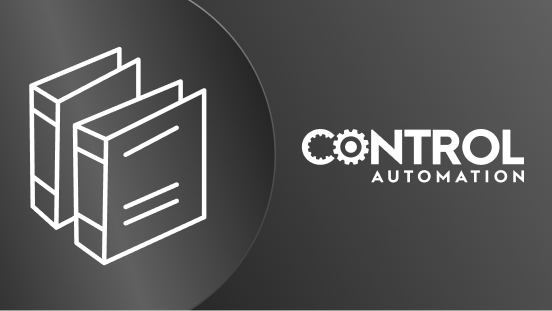
Process analyzers measure the concentration of specific substances for the purpose of measuring and/or…
Textbook

Any physical location in an industrial facility harboring the potential of explosion due to the presence of…
Textbook

A Safety Instrumented Function, or SIF, is one or more components designed to execute a specific…
Textbook

Control strategies such as cascade, ratio, feedforward, and those containing limit and selector functions can…
Textbook

Most of these formulae appear in molecular chemical form rather than structural form. For example, ethanol…
Textbook

Suppose we wished to measure the rate of propane gas flow through a hose to a torch: Flowmeters appropriate…
Textbook

Several different technologies exist for the conversion of fluid pressure into an electrical signal response.…
Textbook

Imagine a major marathon race, where hundreds of runners gather in one place to compete. When the starting gun…
Textbook

Developed by the Modicon company (the original manufacturer of the Programmable Logic Controller, or PLC) in…
Textbook

Programmable logic controllers are essentially nothing more than special-purpose, industrial computers. As…
Textbook

All masses require force to accelerate (we can also think of this in terms of the mass generating a reaction…
Textbook

A very simple device used to measure pressure is the manometer: a fluid-filled tube where an applied gas…
Textbook

As a general rule, high achievement only takes place in an atmosphere of high expectations. Sometimes these…
Textbook

The majority of flowmeter technologies operate on the principle of interpreting fluid flow based on the…
Textbook

A 4 to 20 mA current signal represents some signal along a 0 to 100 percent scale. Usually, this scale is…
Textbook

One of the most common, and most useful, pressure measuring instruments in industry is the differential…
Textbook

The two “process variables” we rely on most heavily in the field of electrical measurement and…
Textbook

(Will be addressed in future versions of this book)
Textbook

Negative feedback systems, in general, tend to cause confusion for those first learning their fundamental…
Textbook

Steam boilers are very common in industry, principally because steam power is so useful. Common uses for steam…
Textbook

Like so many other industrial data networks, FOUNDATION Fieldbus is an “unswitched” or…
Textbook

Stoichiometry is the accounting of atoms before and after a chemical reaction. It is an expression of the Law…
Textbook

AC induction motors are based on the principle of a rotating magnetic field produced by a set of stationary…
Textbook

Temperature measurement devices may be classified into two broad types: contact and non-contact. Contact-type…
Textbook

A laser is a light source emitting waves of light that not only share the exact same frequency (color)…
Textbook

An exciting development in industrial instrumentation is the WirelessHART radio communication standard,…
Textbook

The following animation shows how a radio-energy pulse travels down and then up the waveguide of a guided-wave…
Textbook

In some process applications, it is important that the control valve be able to completely stop fluid flow…
Textbook

Modern analog-to-digital converters are phenomenally accurate, dependable, repeatable, and surprisingly…
Textbook

Impedance in a series circuit is the orthogonal sum of resistance and reactance: \[Z = \sqrt{R^2 + (X_L -…
Textbook

Classical mechanics (often called Newtonian mechanics in honor of Isaac Newton) deal with forces and motions…
Textbook

Converting between disparate units of measurement is the bane of many science students. The problem is worse…
Textbook

Capacitors store energy in electric fields, proportional to the square of voltage. Inductors store energy in…
Textbook

Self-balancing mechanisms consisting solely of a baffle/nozzle detector coupled to a feedback bellows, while…
Textbook

Earlier in this chapter you were shown a model of a nitrogen atom with a dense nucleus (comprised of protons…
Textbook

DC electric current signals may also be used to communicate process measurement information from transmitters…
Textbook

The most popular form of signal transmission used in modern industrial instrumentation systems (as of this…
Textbook

Finally, we arrive at the loop diagram (sometimes called a loop sheet) for the compressor surge control system…
Textbook

Sometimes we encounter a diversity of instrument signal standards in one control system. Such is the case with…
Textbook

A limitation inherent to pneumatic valve actuators is the amount of air flow required to or from the actuator…
Textbook

Disturbances in the liquid tend to complicate liquid level measurement. These disturbances may result from…
Textbook

The fundamental principle of electromagnetism is that an electric current will create a magnetic field at…
Textbook

A unique form of technical diagram for describing the abstract functions comprising a control system (e.g. PID…
Textbook
